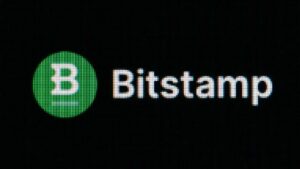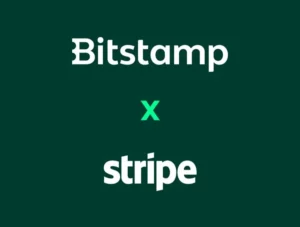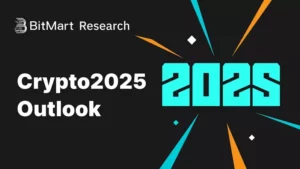When navigating the dynamic world of cryptocurrency trading, choosing the right exchange is paramount. Bitstamp vs Binance stands out as a common comparison for traders and investors alike. Both platforms have carved significant niches within the crypto ecosystem, offering unique features tailored to different user needs. This comprehensive article aims to dissect these two giants across various critical parameters, providing clarity on which exchange might be best suited for your trading journey.
In this detailed comparison, we will explore their trading fees, user experience, security features, cryptocurrency selection, customer support, liquidity, mobile app functionality, deposit and withdrawal methods, and regulatory compliance. By thoroughly analyzing these aspects, traders can make informed decisions aligned with their objectives, risk appetite, and technical proficiency.
Bitstamp vs Binance: A Comprehensive Comparison
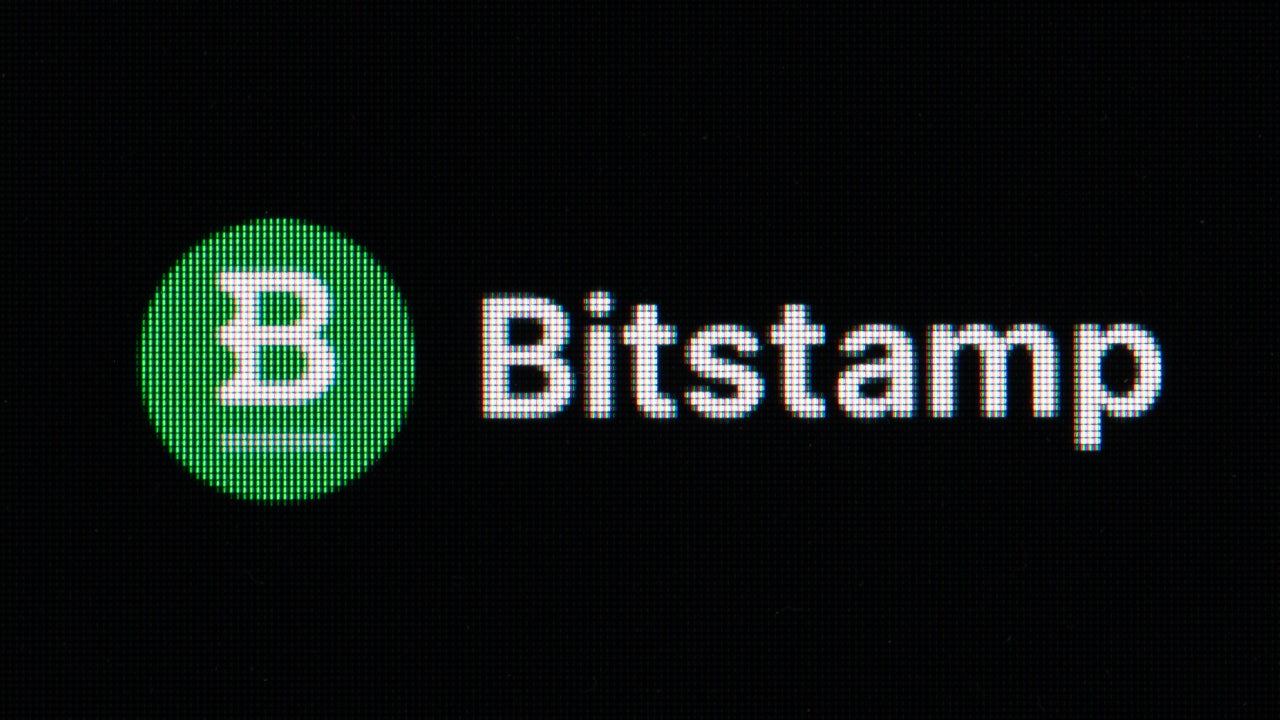
The Bitstamp vs Binance debate encapsulates contrasting philosophies and operational models. Bitstamp, established in 2011, is often regarded for its simplicity, regulatory adherence, and focus on fiat-to-crypto transactions. Conversely, Binance, founded in 2017, has rapidly grown into a multifaceted platform with an extensive range of cryptocurrencies, derivatives, and innovative features.
Choosing between them depends heavily on individual priorities—be it cost efficiency, security assurances, user interface, or the breadth of available assets. In this section, we will delve deep into how each platform measures up, highlighting their strengths and weaknesses.
Trading Fees: Bitstamp vs Binance Analysis
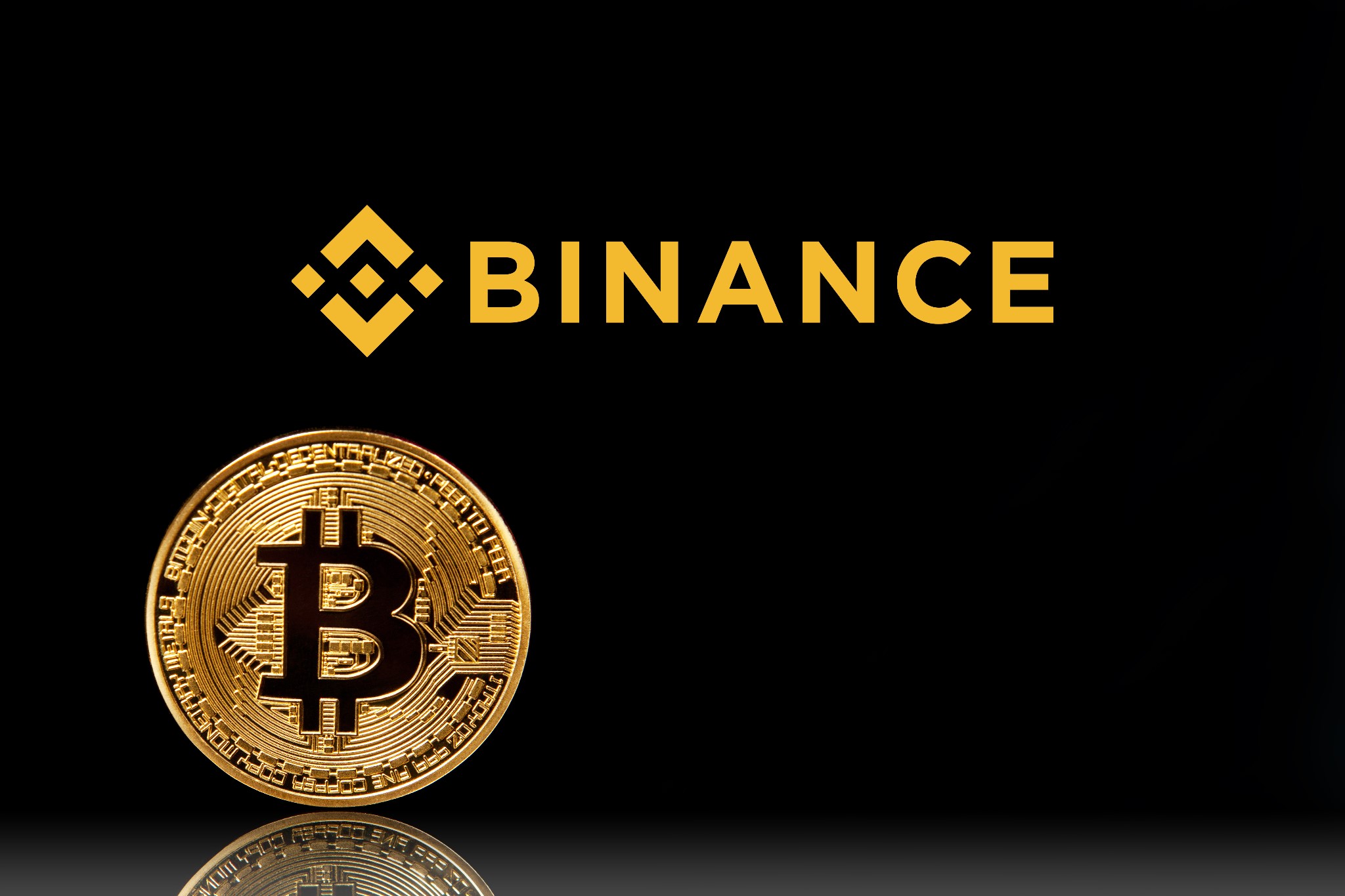
Fee Structures and Transparency
Trading fees directly impact overall profitability, especially for frequent traders. Binance operates on a tiered fee system based on trading volume and BNB (Binance Coin) holdings, with standard trading fees starting at 0.1%. The platform also offers discounts for using BNB to pay for transaction fees, incentivizing native token use.
Bitstamp, on the other hand, employs a flat fee model that generally ranges from 0.5% for amounts under $10,000, decreasing progressively with higher volumes. Its fee structure emphasizes transparency and simplicity, appealing to users who prefer predictable costs.
Maker vs Taker Fees
Binance distinguishes between “maker” and “taker” orders, offering lower fees for makers to encourage liquidity provision. This dynamic is advantageous for traders employing limit orders, potentially reducing costs during high-volume trading.
Bitstamp’s flat fee system does not differentiate between order types but maintains competitive rates for regular traders. For high-volume traders, both platforms provide VIP or institutional programs with reduced fees, though Binance’s tiered structure generally favors larger trades.
Additional Costs and Hidden Fees
Binance’s ecosystem includes various services with differing fee structures, such as futures trading, staking, and savings accounts, which may involve additional costs. While transparent, users must navigate a complex fee landscape.
Bitstamp’s straightforward approach minimizes hidden costs, making it easier for newcomers to understand what they are paying. It’s crucial for traders to evaluate whether fee savings at Binance outweigh potential complexities.
Personal Insights and Analysis
For casual traders or beginners prioritizing clarity, Bitstamp’s fixed fees provide peace of mind. However, professional traders engaging in high-volume operations might find Binance’s fee discounts more financially beneficial over time. Additionally, Binance’s varied fee offerings reflect its broader ecosystem strategies, while Bitstamp’s simplicity aligns with its emphasis on regulatory compliance and ease of use.
User Experience: Bitstamp vs Binance Review

Interface and Navigation
A user-friendly interface significantly influences trading success. Binance boasts a modern, feature-rich platform with customizable dashboards, advanced charting tools, and multiple trading modes. Its interface caters to both novice and experienced traders, featuring a sleek design that can initially be overwhelming but rewarding once mastered.
Bitstamp offers a clean, minimalistic interface focusing on core functionalities. Its layout simplifies navigation, presenting essential information without clutter. This makes it particularly attractive for users seeking straightforward trading without distractions.
Platform Stability and Performance
Binance’s platform is renowned for its robustness, capable of handling high traffic even during market surges. However, occasional outages and maintenance periods have been reported, emphasizing the importance of proper risk management.
Bitstamp maintains consistent performance with fewer outages, owing to its more conservative user base and infrastructure. While it may lack some advanced features, its stability ensures reliable execution, important for users executing precise trades.
Learning Curve and Accessibility
Binance’s extensive features, including margin trading, futures, and staking, require steep learning curves. Trading on Binance necessitates familiarity with various tools and terminologies, which could be daunting for newcomers.
Bitstamp’s simplicity promotes rapid onboarding, making it accessible to users new to crypto. Its guided processes and clear instructions help reduce entry barriers, fostering confidence among beginners.
Personal Insights and Analysis
Choosing between the two hinges on user proficiency. Novices might prefer Bitstamp’s straightforward interface and predictable experience, whereas seasoned traders benefit from Binance’s advanced tools and customization options. Ultimately, user experience is subjective; however, trading success often correlates with comfort and familiarity with the platform.
Security Features: Bitstamp vs Binance Explained
Security Infrastructure and Protocols
Security remains paramount in cryptocurrency trading. Binance invests heavily in advanced security measures, including multi-tiered risk management systems, cold storage of assets, withdrawal whitelist, and biometric authentication. Despite facing several high-profile hacks in the past, Binance’s proactive security protocols have mitigated severe losses, maintaining user trust.
Bitstamp emphasizes security by implementing cold storage solutions, two-factor authentication (2FA), and regular security audits. Being one of the oldest regulated exchanges provides additional credibility regarding compliance and internal controls.
Past Security Incidents and Response
Binance has experienced security breaches, notably in 2019 when hackers stole over 7,000 BTC. The platform covered the loss through its Secure Asset Fund for Users (SAFU), demonstrating a commitment to safeguarding funds.
Bitstamp has maintained a relatively incident-free record, bolstered by stringent regulatory requirements. Its proactive communication and swift response to potential threats foster user confidence.
Regulatory Impact on Security Practices
Regulatory oversight influences security implementations. Bitstamp’s adherence to strict KYC and AML standards reduces fraud risks but may involve more intrusive identity checks.
Binance’s global approach aims to balance security with anonymity, though this has led to scrutiny from regulators. Its continuous upgrades and collaborations with law enforcement aim to enhance security integrity.
Personal Insights and Analysis
Both exchanges prioritize security but differ in their approaches. Binance’s aggressive investment in technology safeguards user assets amid its rapid expansion, while Bitstamp’s traditional, regulation-driven model offers a sense of reliability rooted in compliance. Users should assess their risk tolerance and trust levels when choosing a platform.
Cryptocurrency Selection: Bitstamp vs Binance
Range and Diversity of Supported Assets
Binance is renowned for its vast selection, offering thousands of cryptocurrencies, including popular tokens like Bitcoin, Ethereum, and emerging altcoins. Its ecosystem extends beyond spot trading to derivatives, NFTs, and DeFi projects, catering to diverse trading strategies.
Bitstamp provides a curated list of well-established cryptocurrencies, focusing on reliability and liquidity. Its offerings include major coins and stablecoins but lack the extensive altcoin variety present on Binance.
Listing and Delisting Policies
Binance employs a rapid listing process, often adding new assets within days, driven by demand and market trends. While this accelerates access to new tokens, it raises concerns about project quality and due diligence.
Bitstamp’s listing involves rigorous evaluation, prioritizing security and compliance. This conservatism ensures higher quality but limits exposure to emerging cryptocurrencies.
Support for Different Asset Types
Binance supports a broad spectrum, including spot trading, futures, options, and tokenized assets. Its innovative features enable traders to explore various markets within a single platform.
Bitstamp mainly focuses on spot trading for cryptocurrencies and stablecoins, emphasizing straightforwardness. It does not currently offer derivatives or tokenization services, aligning with its conservative stance.
Personal Insights and Analysis
For traders seeking diversification and cutting-edge tokens, Binance’s expansive catalog is unmatched. Conversely, those valuing stability, compliance, and quality may prefer Bitstamp’s selective listing approach. The choice depends largely on trading goals—whether speculative innovation or long-term stability.
Customer Support: Bitstamp vs Binance Performance
Support Channels and Responsiveness
Binance offers multiple channels including live chat, email, and a comprehensive FAQ. While its responsiveness is generally good, during peak times, delays may occur due to high demand.
Bitstamp provides email support and a detailed knowledge base. As a more mature platform, its support team tends to resolve issues promptly, with less congestion than Binance.
Quality and Effectiveness of Support
Binance’s support staff are skilled but sometimes overwhelmed, leading to inconsistent experiences. Automated responses and a large community forum help mitigate some issues.
Bitstamp’s support is often praised for professionalism and clarity, particularly appreciated by users requiring assistance with compliance or account verification.
Resolution Time and User Satisfaction
User reviews indicate that Bitstamp’s support resolves queries efficiently, especially for account-related issues. Binance’s support quality varies, with some users reporting longer wait times but generally positive outcomes.
Personal Insights and Analysis
Effective customer support enhances user confidence. While Binance’s extensive resources cater to a global user base, specialized, prompt support like Bitstamp’s appeals to users valuing personalized assistance. Smaller exchanges with focused support can sometimes outperform larger ones in customer satisfaction.
Liquidity Comparison: Bitstamp vs Binance
Market Depth and Trading Volume
Binance leads globally in trading volume and liquidity across most trading pairs, ensuring smooth execution even during volatile markets. Its vast user base and extensive asset list create deep order books, minimizing slippage.
Bitstamp has respectable liquidity for major cryptocurrencies but cannot match Binance’s depth, especially in altcoins. During market stress, limited liquidity may lead to higher slippage and slower executions.
Impact on Trading Performance
High liquidity on Binance benefits high-frequency traders and those executing large orders, reducing costs and enhancing efficiency.
Bitstamp’s liquidity suffices for retail traders and long-term investors but may pose challenges for institutional or high-volume traders needing large trades executed quickly and cheaply.
Presence in Global Markets
Binance’s dominance spans numerous countries, facilitating cross-border trading with minimal restrictions in many regions. Its global footprint boosts liquidity pools further.
Bitstamp maintains a strong presence in Europe and adheres to regional regulations, influencing its liquidity dynamics accordingly.
Personal Insights and Analysis
Liquidity is a cornerstone of effective trading. Binance’s superior liquidity makes it ideal for traders seeking speed and minimal slippage, while Bitstamp’s liquidity is adequate for cautious, long-term investors. Market conditions and trading size should influence the platform choice.
Mobile App Functionality: Bitstamp vs Binance
App Design and Ease of Use
Binance’s mobile app offers a comprehensive experience, mirroring the desktop’s advanced features with dashboards, real-time charts, and order management tools. Its interface is intuitive but may overwhelm beginners.
Bitstamp’s app is streamlined, emphasizing essential functions like buying, selling, and account management. Its minimalistic design eases navigation, especially for users unfamiliar with trading interfaces.
Feature Set and Customization
Binance’s app supports margin trading, futures, staking, and notifications, giving seasoned traders powerful tools on the go.
Bitstamp’s app focuses on core functionalities, lacking some advanced features found on Binance but ensuring stability and simplicity for everyday trading.
Performance and Reliability
Both apps perform well under normal conditions. Binance’s app experiences occasional lag during high traffic, but updates continually improve stability.
Bitstamp’s app provides consistent performance, benefiting users prioritizing reliability over cutting-edge features.
Personal Insights and Analysis
Mobile trading is integral today. While Binance caters to power users with its feature-rich app, Bitstamp offers a dependable and straightforward mobile experience suitable for users who prioritize ease and stability.
Deposit and Withdrawal Methods: Bitstamp vs Binance
Supported Payment Options
Binance accepts bank transfers, credit/debit cards, P2P trading, and various third-party payment services. Its extensive options facilitate quick deposits and withdrawals across regions.
Bitstamp primarily supports bank wire transfers, SEPA, SWIFT, and credit/debit cards. Its methods are more traditional but highly secure.
Processing Times and Limits
Binance’s instant card deposits enable rapid trading initiation, though bank transfers may take longer depending on the region.
Bitstamp’s bank transfers typically settle within 1-3 business days, with limits varying based on verification levels. Its processed times are reliable but may be less flexible than Binance’s instant options.
Fees Associated with Transactions
Deposit and withdrawal fees vary; Binance tends to have low or zero fees for certain fiat deposits but charges for others, especially card payments.
Bitstamp’s fees are transparent, with bank transfers often incurring standard charges, and higher fees for instant card transactions.
Personal Insights and Analysis
For traders needing swift fiat onboarding, Binance’s diverse methods shine. For those prioritizing security and transparency, Bitstamp’s traditional bank transfer options are reassuring, though they may be slower.
Regulatory Compliance: Bitstamp vs Binance Overview
Legal Status and Licensing
Bitstamp is fully licensed and regulated in Luxembourg and complies with EU financial laws. Its adherence to strict regulations fosters trust among users.
Binance operates in a fragmented manner, with varying regulatory statuses worldwide. Its attempts to obtain licensing in several jurisdictions reflect ongoing efforts toward compliance.
KYC and AML Procedures
Both platforms implement Know Your Customer (KYC) and Anti-Money Laundering (AML) procedures. Bitstamp’s process is rigorous, aligning with regulatory standards.
Binance’s KYC policies have evolved, balancing user convenience with compliance, which sometimes results in delays or account restrictions for non-compliant users.
Impact on User Access and Restrictions
Regulation impacts platform features. Certain Binance services are restricted in specific countries due to legal constraints, whereas Bitstamp maintains a more uniform global presence thanks to its regulatory adherence.
Personal Insights and Analysis
Regulatory compliance enhances long-term reliability and user safety. While Binance’s regulatory status is more complex, its proactive efforts aim to align with international standards, suggesting a trend toward greater compliance in the crypto space.
## Conclusion
In the Bitstamp vs Binance comparison, both platforms demonstrate strengths tailored to different user profiles. Binance excels in trading volume, diverse asset offerings, innovative features, and global accessibility, making it suitable for active and tech-savvy traders. Conversely, Bitstamp prioritizes regulatory adherence, security, simplicity, and stability, appealing to users seeking a straightforward, trustworthy environment. Understanding these nuanced differences enables traders to select an exchange aligned with their trading style, risk appetite, and future ambitions. Ultimately, both platforms contribute significantly to the evolving crypto landscape, offering valuable options for a wide spectrum of users.

With 18 years of pioneering experience in the crypto space, Roxait excels in technical collaborations to develop cutting-edge decentralized solutions. As a Bitstamp expert, we bring deep expertise in cryptocurrency exchanges and blockchain technology to every project. Our commitment to innovation and expertise in blockchain technology has made us a trusted partner in driving the future of decentralized systems.

